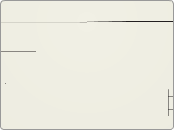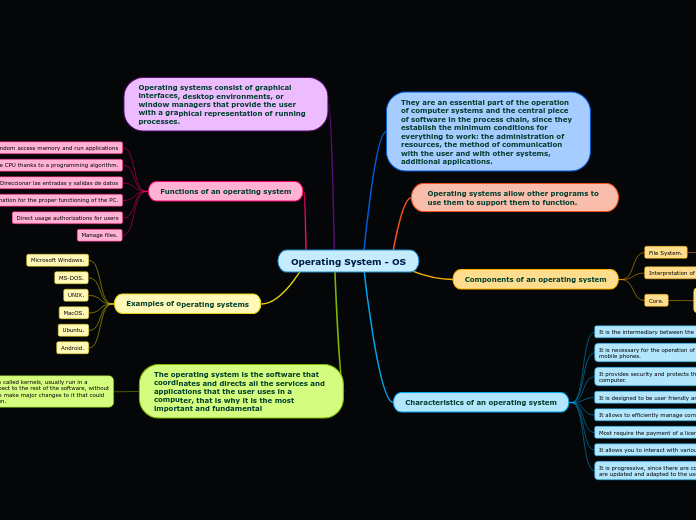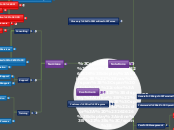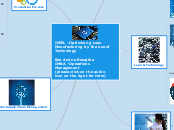Sources
Websites
Wikipedia. Retrieved October 2, 2011, from www.wikipedia.org.
River Deep. Retrieved October 2, 2011, from www.riverdeep.net.
The PLATO Learning System ILS. Retrieved October 2, 2011, from www.plato.com.
OpenOffice. Retrieved October 2, 2011, from www.openoffice.org.
Microsoft. Retrieved October 2, 2011, from www.microsoft.com.
Merit Software. Retrieved October 2, 2011, from www.meritsoftware.com.
MacGAMUT. Retrieved October 2, 2011, from www.macgamut.com.
The Learning Company. Retrieved October 2, 2011, from www.learningcompany.com.
Journal of Chemical Education. Retrieved October 2, 2011, from www.jce.divched.org.
Interactive Music Games for Kids. Retrieved October 2, 2011, from www.kidsmusicstage.com.
The Geometer's Sketchpad Resource Center. Retrieved October 2, 2011, from www.keypress.com/sketchpad.
Earobics. Retrieved October 2, 2011, from www.earobics.com.
EA Games. Retrieved October 2, 2011, from www.ea.com.
Congress for Kids. Retrieved October 2, 2011, from www.congressforkids.net
Compass Learning. Retrieved October 2, 2011, from www.compasslearning.com
Alien Rescue Game. Retrieved October 2, 2011, from alienrescue.edb.utexas.edu.
Text
*Roblyer, M.D. and Doering, A. (2010). Integrating Educational Technology into Teaching (5th Ed.). Boston, MA: Pearson Education, Inc.
Classroom Technology Tools
"Basic Three" Software Tools
Students learn with, rather than from, the "basic three" software tools: wordprocessing, spreadsheet, and database software (Roblyer & Doering, 2010).
Database Software
Computer programs that facilitate the storage, organization, and manipulation of information (text and data).
Benifits: saving time locating/updating information, reduced data redundancy, and eased data comparision and data mining (Roblyer & Doering, 2010).
Base from OpenOffice.org
Microsoft Access
Searching for information during research
Posing and testing hypotheses
Understanding the power of information "pictures"
Teaching organizational skills
Teaching research and study skills
Sending personalized letters
Using student information
Data mining
Invetorying and locating resources
Spreadsheet Software
Computer programs that facilitate the organization and manipulation of numerical data.
Benifits: saving time, organized displays of information, and increased motivation to work with numbers (Roblyer & Doering, 2010).
Calc from OpenOffice.org
Microsoft Excel
Projecting grades
Storing and analyzing data
Supporting mathmatical problem solving
Supporting student products
Making possible visual teaching demonstrations
Keeping gradebooks
Preparing performance checklists
Keeping budgets
Word Processing Software
Computer programs that facilitate the production of typed documents.
Benifits: saving time, improved appearance, and easy exchange of work (Roblyer & Doering, 2010).
Writer from OpenOffice.org
Microsoft Word
Teaching and Learning Tasks*
Encouraging writing through the curriculum
Assigning individual language, writing, or reading exercises
Supporting the learning of writing processes
Productivity Applications*
Creating newsletters and flyers
Creating reports, forms, and letters
Creating lesson plans and notes
Creating instructional material
Instuctional Software
Computer programs designed specifically to deliver or support learning activities are collectively refered to as instructional software (Roblyer & Doering, 2010).
Integrated Learning Systems
Networked or online programs that offer resources to support instruction, along with summary reports of student progress (Roblyer & Doering, 2010).
The PLATO Learning System ILS
The CompassLearning Odyssey Manager
Tracking
Remediation
Diagnostic
Assessment
Problem Solving
Programs designed to either (1) foster component skills involved in solving problems, (2) teach or provide practice in general approaches to problem solving, or (3) teach or provide opportunities to practice solving various problems in specific content areas (Roblyer & Doering, 2010).
The Geometer's Sketchpad
Alien Rescue
Encourage group problem solving
Provide practice in solving problems
Teach component skills in problem-solving strategies
Instructional Games
Programs designed to increase motivation by adding game rules and/or competition to learning activities (Roblyer & Doering, 2010).
Alice in Vivaldi's Four Seasons
Where in the USA is Carmen Sandiego
Arthur's Math Games
Reward
Teach cooperative group working skills
Supplement/ replacement for worksheets/exercises
Simulation
Programs that offer a computerized model of real or imagined systems designed to teach how a system works (Roblyer & Doering, 2010).
SimCity 3000
Oregon Trail
Virtual Labs: Electricity
Encourage cooperation and group work
Foster exploration and problem solving
Introduce or clarify a new topic
Supplement/ replacement for field trips
Supplement/ replacement for role playing
Supplement/ replacement for lab experiments
Tutorial
Programs that provide an entire instructional sequence similar to a teacher's classroom instruction on a topic (Roblyer & Doering, 2010).
Basic Algebra Shapeup
Congress for Kids
PhysicaElementa
Instruction in place of teacher
Alternative learning strategies
Self-paced review of material
Drill and Practice
Programs where students work problems, usually one at a time, and receive feedback on their correctness (Roblyer & Doering, 2010).
.
Examples
MacGAMUT
Organic Nomenclature
Earobics
Meeting Classroom Needs*
Preparation for tests
Supplementing or replacing worksheets/homework









